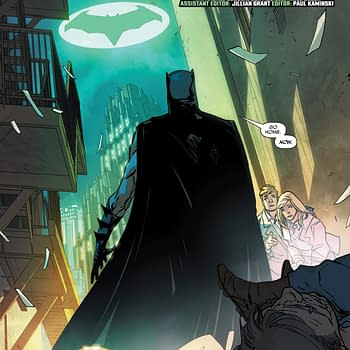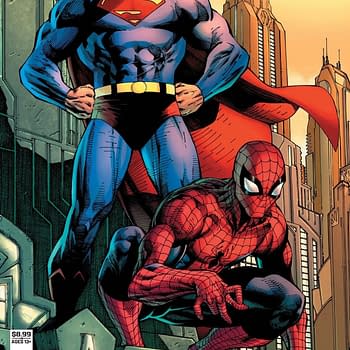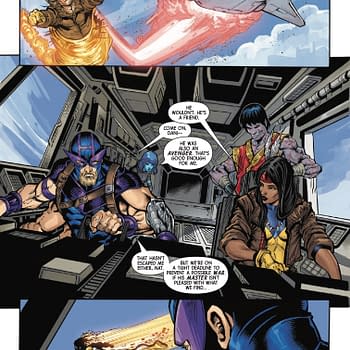Posted in: Comics, Indie Comics | Tagged: 24, buffy, doctor who, invader zim, true blood
In Defense of Licensed Comics: Why Media Tie-Ins Matter
There is a pervasive feeling in the comics industry, among pros and indie companies, and especially journalism, that licensed comics are something to be looked down upon. In an industry where the norm has become either Big Two or indie comic, with very little in-between, licensed media tie-in comics are the redheaded stepchild of this art form. The truth is, though, while the industry at large struggles with how to bring in new readers in an increasingly insular medium, licensed comics may be the answer.

In the early 2010s, when companies like IDW and Dark Horse's solicitations looked like a page out of TV Guide, new readers were being brought into the industry because they were fans of a TV series or movie, and they wanted more. This leads to, and I speak from personal experience, discovery. Licensed comics are a better gateway drug into this medium than perhaps any other type of comic, because they're not targeting casual fans… they're targeted dedicated fans, who love a series so much that they'd venture into an art form they've never otherwise given a shot. For example, if someone loved IDW's True Blood comics? That might lead them to look more into the writer, David Tischman, whose Bite Club could further draw that reader into comics. Enjoyed Brian K. Vaughan's take on Buffy the Vampire Slayer? Giving any of Vaughan's other series a shot, from Y: The Last Man to Paper Girls to Saga, would open up any Joss Whedon fan's mind to the world of comics. The key to making these licensed comics not appear to be cash grabs is to invest in passion: a creative team with a vision and respect for the property is a recipe is guaranteed to please fans and, hopefully, make them look deeper into comics as a whole.

Now, it seems like the comics industry has exited the era where licensed comics are prevalent. BOOM! Studios continues with Buffy the Vampire Slayer; Dark Horse still has their stellar Avatar: The Last Airbender line, Oni has been publishing Invader Zim comics for some time, Titan still does Doctor Who… but the sheer amount of these titles, and the variety of them, has dwindled in recent years. Fading, it seems, are the days when a company would be as bold as IDW Publishing was in 2004 when they published a 24 comic book. Major companies seem to lack interest, with Supernatural just sitting there with a huge audience and DC not having published a media tie-in comic for the series since 2012. Veronica Mars creator Rob Thomas expressed for years that he'd love to create a continuation of the series through DC, and yet… nothing. Perhaps if that had been done, fans of the show could have avoided whatever that Hulu revival thought it was doing. In any case, licensed comics have fallen out of vogue, perhaps because the bigger companies don't want the bigger licenses, and the smaller companies can't afford them… nor can they afford the risk of publishing a smaller licensed media tie-in comic that might not make sales.
The comics industry needs more readers. There's no reason that reading a comic shouldn't be as common as watching a TV show or a movie, but yet this art form remains, strange as it may be for us comics lovers to grasp, niche. There are huge fanbases out there, hungry for more… and wouldn't it be nice if this industry could fill that desire with comic books?













